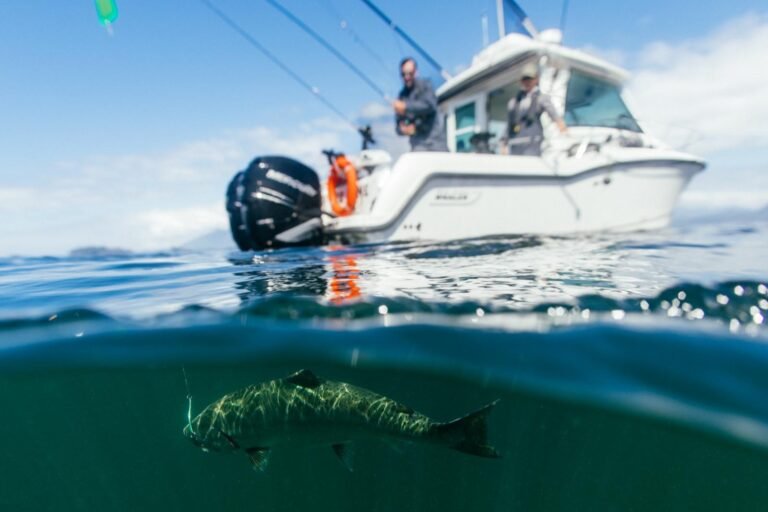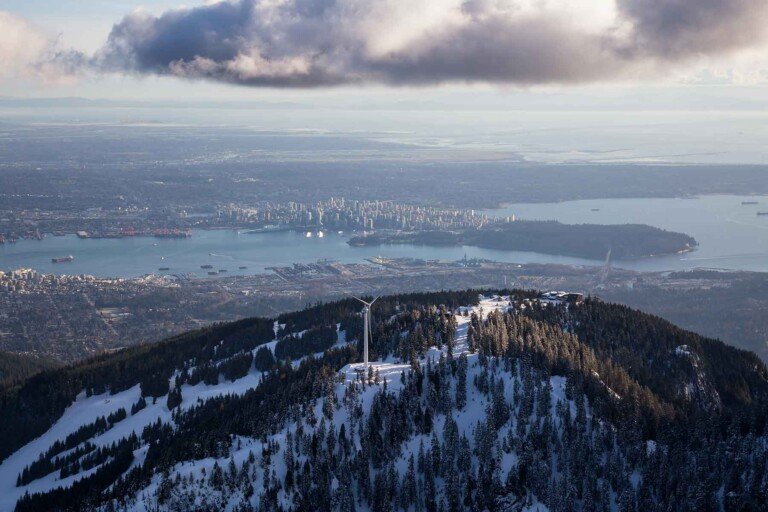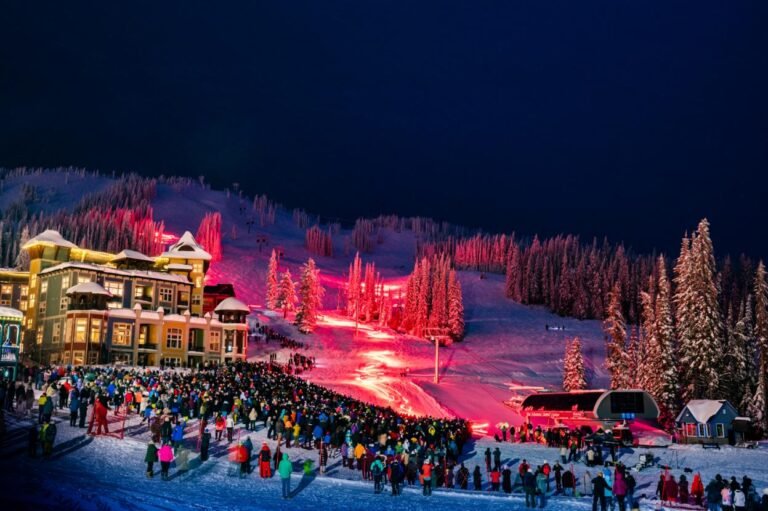Driftwood Canyon Provincial Park is one of the more unusual parks in this region, located in a fossil-lined canyon and considered one of the world’s most significant fossil beds.
The 21-hectare park was created in 1967 to protect the fossil beds on the east side of Driftwood Creek, discovered around the year 1900. Preserved within the shale formations in the park are plant, animal, fish and insect species that inhabited the area 50 million years ago, when the Bulkley Valley was a low wetland of swamps and shallow lakes with a subtropical climate.
Approximately one million years ago a lava flow formed a layer over the deposits of sediments that preserved the accumulation of animal and plant remains in the lake beds. Melting ice during the last ice age carved a canyon through these ancient wetlands exposing the ancient fossil in beds of shale.
Plant Fossils are the most common fossils found in the park: specimens include the fern-like redwood trees, and Poplar, Cranberry and Alder leaves. The water strider and the March fly are the more common insect fossils. Bird and fish vertebrates include the world’s oldest specimens of salmon, trout and suckers. Driftwood Canyon is ripe for exploring by the amateur paleontologist, but please, visitors should only take photographs. BC Parks asks for your co-operation in refraining from removing any fossils. Fossil specimens from Driftwood Canyon are on display at the Bulkley Valley Museum in Smithers.
There is a day-use/picnicking area beside Driftwood Creek; a grassy area with picnic tables, fire pits, and two pit toilets. Information on the fossil beds is posted on interpretive panels at the parking area and at an elevated viewing platform overlooking a cliff face.
Driftwood Canyon Provincial Park is located on Driftwood Creek Road, on the Fraser Plateau in Northwest British Columbia, 6 miles (10 km) northeast of Smithers and Highway 16. Follow the signs on Old Babine Lake Road.
Nearby Regions & Towns
Park Notices





